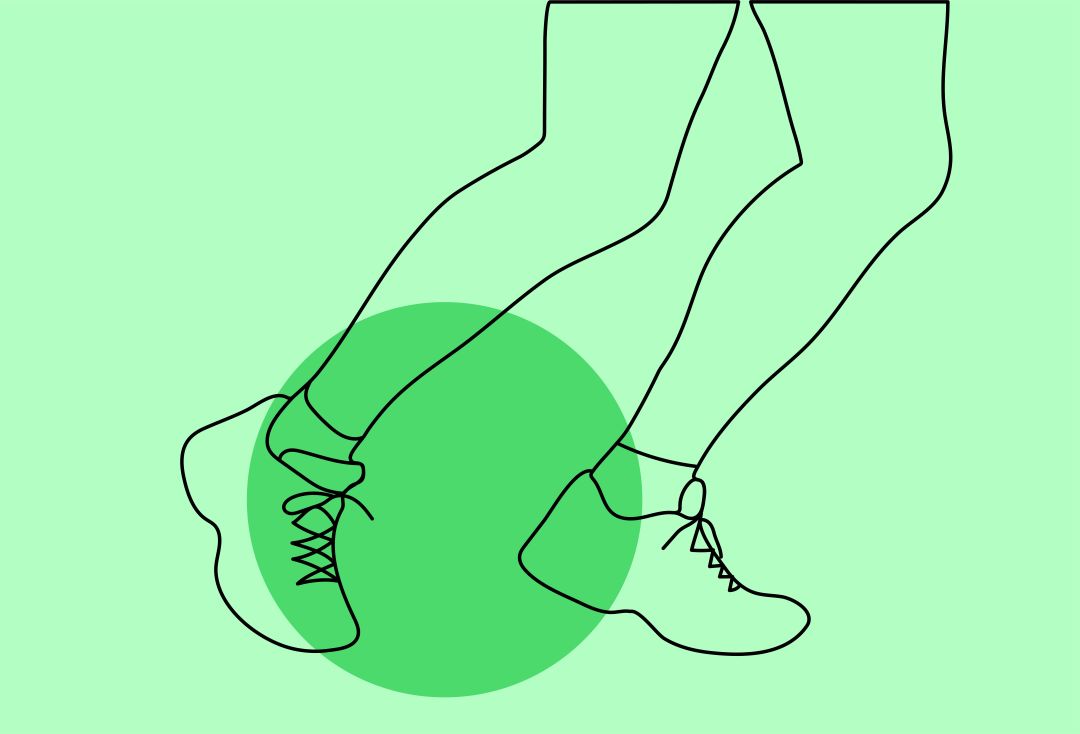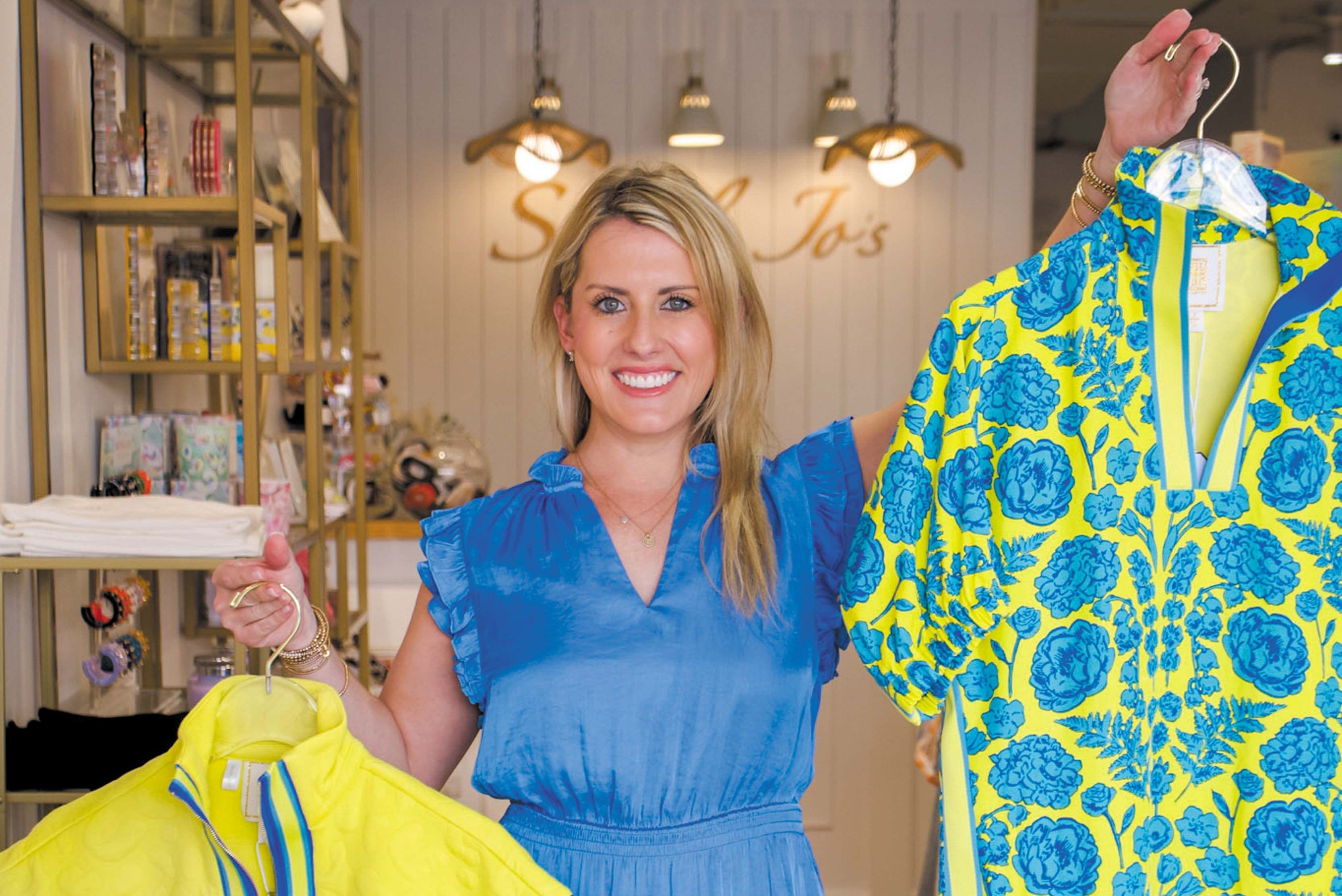How Do You Find the Perfect Running Shoe?

Image: Kari Perrin
What types of shoes should runners be looking for, especially during the hot summer months in Florida? Are inserts recommended, or new shoe technology for moisture wicking and protection against the hot pavement? And what should runners be thinking about in terms of fit when finding the right shoe?We asked Fleet Feet's David Jackson and Fit2Run's Ruthie Sterrett for their top tips.
“Measuring your foot’s length, width, arch and instep height are important when fitting,” says Fleet Feet's Jackson. “A gait analysis also helps us understand what your foot is actually doing when you walk without a shoe on. This narrows down which styles will be best for you.”
Fit2Run specialists record customers running on a treadmill with shoes on, watching their feet ankles and knees. This checks whether customers are over-pronating, where more weight is placed on the outer edges or the foot, or have collapsed arches, where weight is placed on the inner part of the foot. “A lot of people realize they are not wearing the right shoe to support their natural stride,” says Fit2Run's Sterrett.
How should the shoe fit?
“Typically, we have customers put the shoe on and stand up," says Jackson. "We want about a thumb's width between the toe and the end of the shoe." There should be a bit of breathing room for the foot at the top of the shoe. Sterrett adds that feet expand and contract due to swelling throughout the day, and especially when running.
Jackson says the space can also help prevent bruised toenails, hammertoe and other ailments that are common when shoes are too tight. The top brands Fleet Feet sell for extra toe space and mobility are Hoka, Brooks and Altra running shoes.
Should runners be using inserts, or finding shoes already equipped with orthotics?
“This is a common question when fitting customers,” says Jackson. “A lot of people benefit from an insert, but it all depends on the type of shoe you are purchasing.” He says about 25 percent of Fleet Feet’s customers walk out with inserts because they want a shoe lighter in weight, and the insert offers the option of being added or removed as needed.
Sterrett says about 50 percent of Fit2Run’s customers end up with an insert, providing relief for ailments like plantar fasciitis or inflammation of tendons along the bottom of the foot, which lead to heel pain. Other ailments inserts provide relief for are collapsed arches, bunions and nerve pain.
Is there any new shoe technology that helps runners in the summertime?
Jackson says the brand Brooks has a new model of shoe called the Aurora. It has a mid-sole infused with nitrogen, which helps with rebound when the foot strikes the ground. The goal is for the shoe to absorb and disperse shock away from the foot, no matter what surface you are running on.
Another new product is breathable socks made just for running. The typical thick, cotton socks protect against blisters; however, they do not provide much ventilation. Performance socks are now made out of merino wool, known for regulating warm and cool temperatures and providing comfort. A mix of fabrics like nylon, polyester and spandex will provide breathability and prevent irritation.
Any other tips for running in summertime?
“Make sure you're not storing running shoes in the garage,” says Sterrett. “The heat will cause the foam and supportive materials to break down faster. Store them in a cool, dry place.” If you have run in the rain or through puddles, leave your shoes out to dry before re-wearing them. Rotate between several pairs of running shoes every three days to preserve them longer.
“Run on the sidewalk or grass, which is cooler than blacktop, especially mid-day,” says Jackson. “If you are in pain while running, visit a certified therapist or a podiatrist who can provide specific advice.”
Quality running shoes will run about $130 to $160, while inserts will cost an extra $50 to $70, depending on the level of cushion. Evaluations at both stores are free by the fit specialists.
“No two feet are alike,” says Jackson. “If you are having foot pain while running, it is most likely from your shoe, which can be fixed.”



